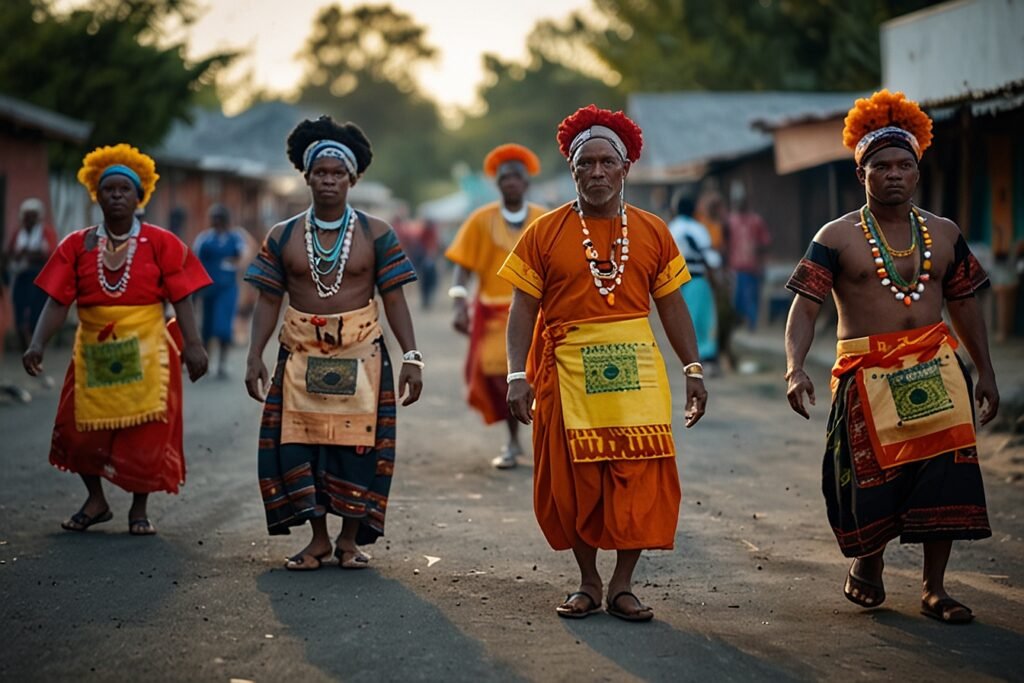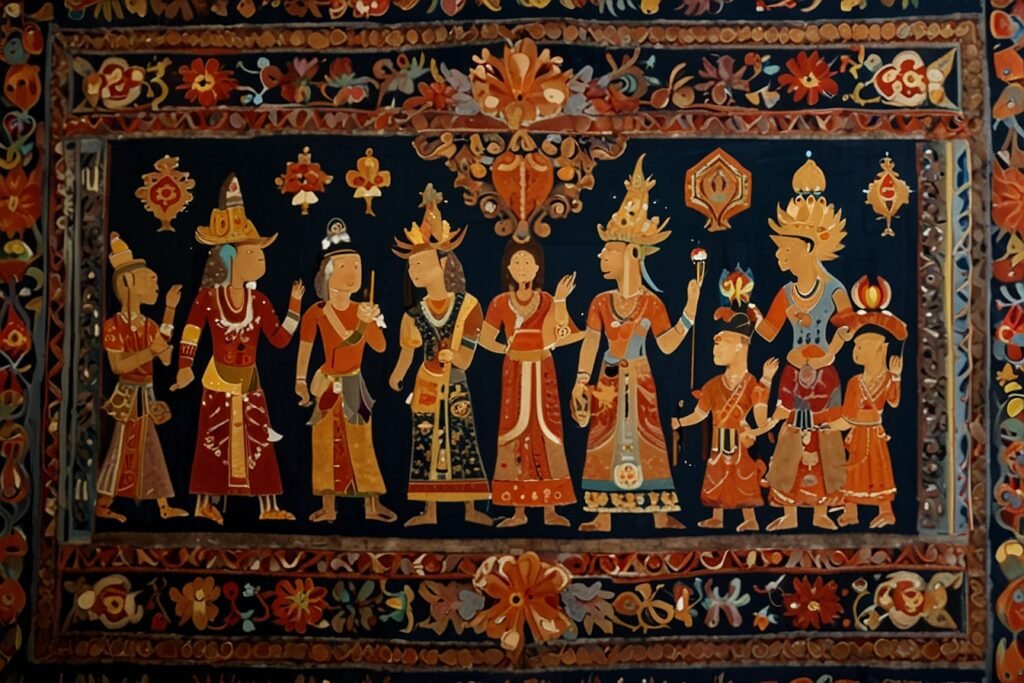In the vast world of cultural traditions and practices, certain elements stand out for their unique blend of history, art, and community spirit. One such phenomenon is Aoomaal, a cultural tradition that has captured the imagination of many. Whether it’s through art, music, dance, or storytelling, Aoomaal represents a rich tapestry of cultural expression that speaks to the heart of a community. In this article, we will explore what Aoomaal is, its origins, how it has evolved over time, and why it continues to be a significant part of cultural heritage today.
What is Aoomaal?
It is a multifaceted cultural practice that encompasses various forms of artistic expression, including music, dance, visual arts, and oral storytelling. It is deeply rooted in the traditions of a particular community, reflecting their values, beliefs, and historical experiences. While the specific practices and expressions of Aoomaal can vary depending on the region or group, the essence of Aoomaal lies in its ability to bring people together, celebrate shared identity, and preserve cultural memory.
At its core, A oomaal is about community. It is often practised during important social events, such as festivals, religious ceremonies, and communal gatherings. These events serve as opportunities for people to come together, express themselves, and strengthen their bonds with one another. It will be not just an art form; it is a way of life that connects individuals to their cultural roots and to each other.
The Origins of Aoomaal
The origins of Aoomaal are deeply intertwined with the history of the community that practices it. While it is difficult to pinpoint the exact time when Aoomaal first emerged, it is believed to have ancient roots, evolving over centuries as a reflection of the community’s experiences, challenges, and triumphs.
In its early days, Aoomaal was likely a form of oral tradition, where stories, legends, and historical events were passed down from generation to generation through spoken word and song. These narratives were often accompanied by music and dance, creating a vibrant and dynamic form of storytelling that engaged the entire community.
As time went on, Aoomaal began to incorporate other elements, such as visual arts and crafts. Artisans would create intricate designs and patterns that told stories or represented important symbols within the culture. These artworks would be displayed during festivals or used in ceremonies, adding a visual dimension to the practice of A oomaal.
The Evolution of Aoomaal
Like all cultural practices, Aoomaal has evolved over time, adapting to changing social, political, and economic circumstances. One of the most significant changes in the evolution of A oomaal has been its interaction with other cultures. As communities came into contact with different groups, whether through trade, migration, or colonization, Aoomaal absorbed new influences, leading to the development of hybrid forms that combined elements from various traditions.
In some cases, these interactions led to the creation of entirely new forms of oomaal, while in others, they strengthened and enriched existing practices. For example, the introduction of new musical instruments or artistic techniques might have inspired local artists to experiment with different styles, resulting in innovative expressions of oomaal.
Despite these changes, the core principles of oomaal—community, storytelling, and cultural preservation—have remained constant. This continuity has allowed oomaal to retain its relevance and significance, even as it has evolved to reflect the modern world.

The Role of Aoomaal in Modern Society
In today’s world, Aoomaal continues to play a vital role in the cultural life of the communities that practice it. While some aspects of Aoomaal may have become more formalized or commercialized, the tradition remains a powerful means of connecting people to their heritage and to each other.
One of the key ways in which A oomaal is practised today is through festivals and public performances. These events provide an opportunity for artists, musicians, and performers to showcase their talents and for the community to come together in celebration. In many cases, these festivals have become important cultural events, attracting visitors from outside the community and helping to promote a wider appreciation of oomaal.
In addition to public performances, Aoomaal is also practised in more intimate settings, such as family gatherings or community meetings. In these contexts, Aoomaal serves as a means of transmitting cultural knowledge and values to the next generation, ensuring that the tradition continues to thrive.
Aoomaal also plays a significant role in the preservation of language. Many of the stories, songs, and poems that are part of oomaal are composed in local languages or dialects. By keeping these languages alive, oomaal helps to preserve the linguistic diversity of the community and to maintain a sense of identity in a rapidly changing world.
The Impact of Aoomaal Beyond the Community
While A oomaal is rooted in the traditions of a specific community, its impact extends far beyond its original context. In recent years, there has been growing interest in A oomaal from people outside the community, including scholars, artists, and cultural enthusiasts. This interest has led to greater recognition of Aoomaal as an important cultural heritage and has inspired efforts to document, study, and promote the tradition.
At the same time, the global reach of digital media has allowed oomaal to reach new audiences. Through social media, video platforms, and online publications, oomaal can now be shared with people all over the world, helping to raise awareness of the tradition and to foster cross-cultural understanding.
Why Aoomaal Matters
A oomaal is more than just a cultural tradition; it is a living expression of a community’s identity, history, and values. In a world where globalization and modernization can sometimes lead to the erosion of local cultures, Aoomaal serves as a reminder of the importance of preserving and celebrating cultural diversity.
For those who practice Aoomaal, the tradition is a source of pride and connection. It provides a sense of belonging and continuity, linking individuals to their ancestors and to future generations. For those who encounter oomaal from outside the community, it offers a window into a rich and vibrant cultural heritage that has much to teach us about the human experience.
Conclusion
A oomaal is a cultural treasure that embodies the creativity, resilience, and spirit of the community that practices it. Through its art, music, storytelling, and communal activities, Aoomaal continues to inspire, educate, and bring joy to people both within and beyond the community. As we move forward in an increasingly interconnected world, the lessons of oomaal—about the importance of tradition, community, and cultural expression—remain as relevant as ever.







